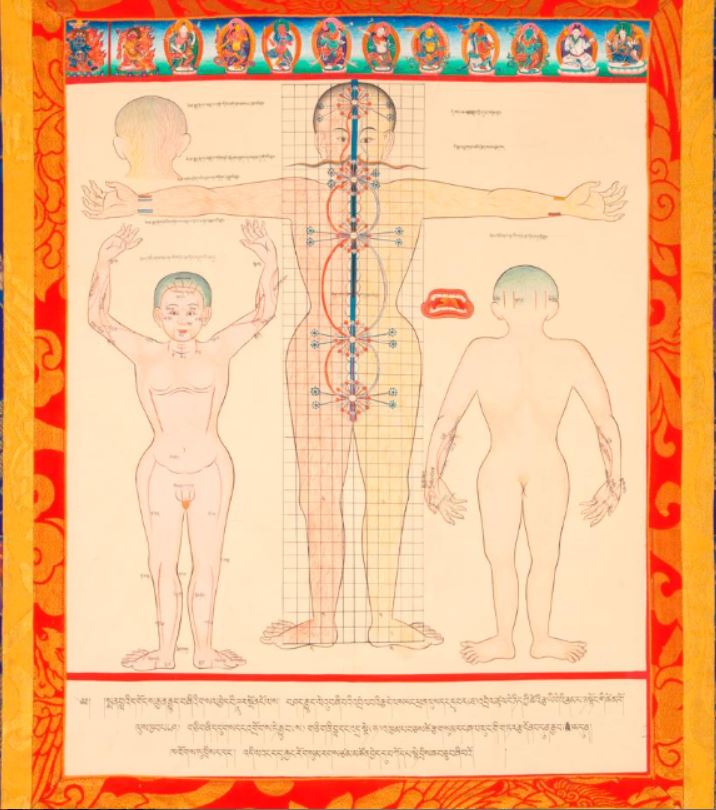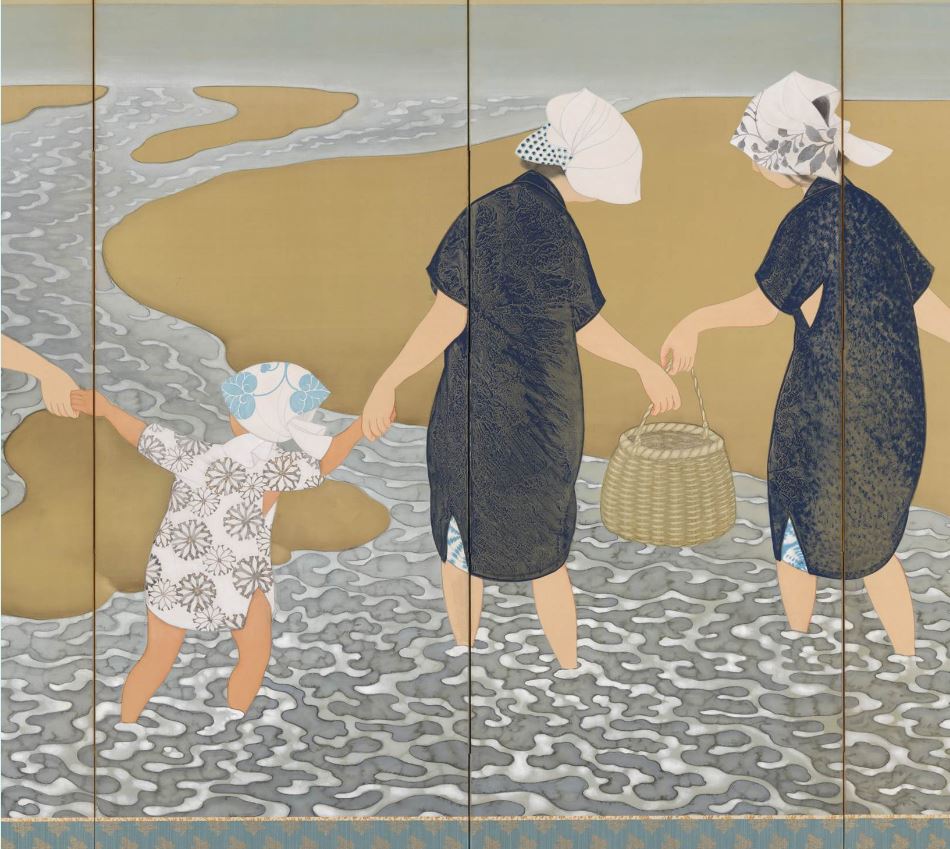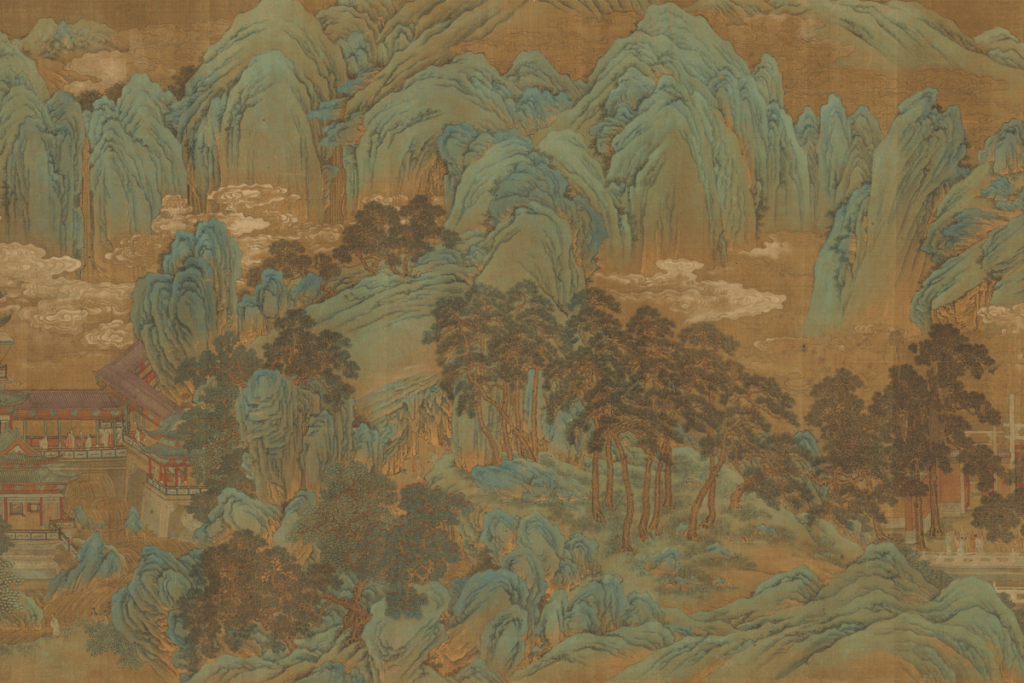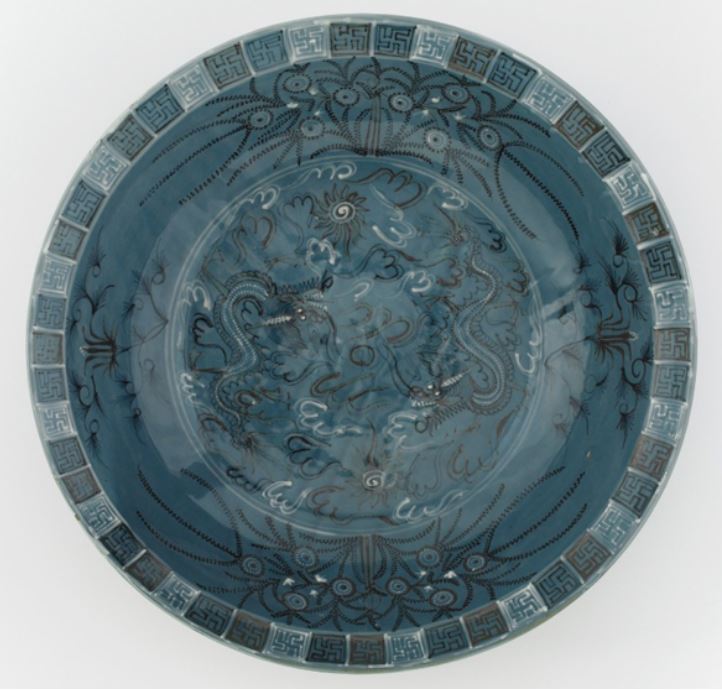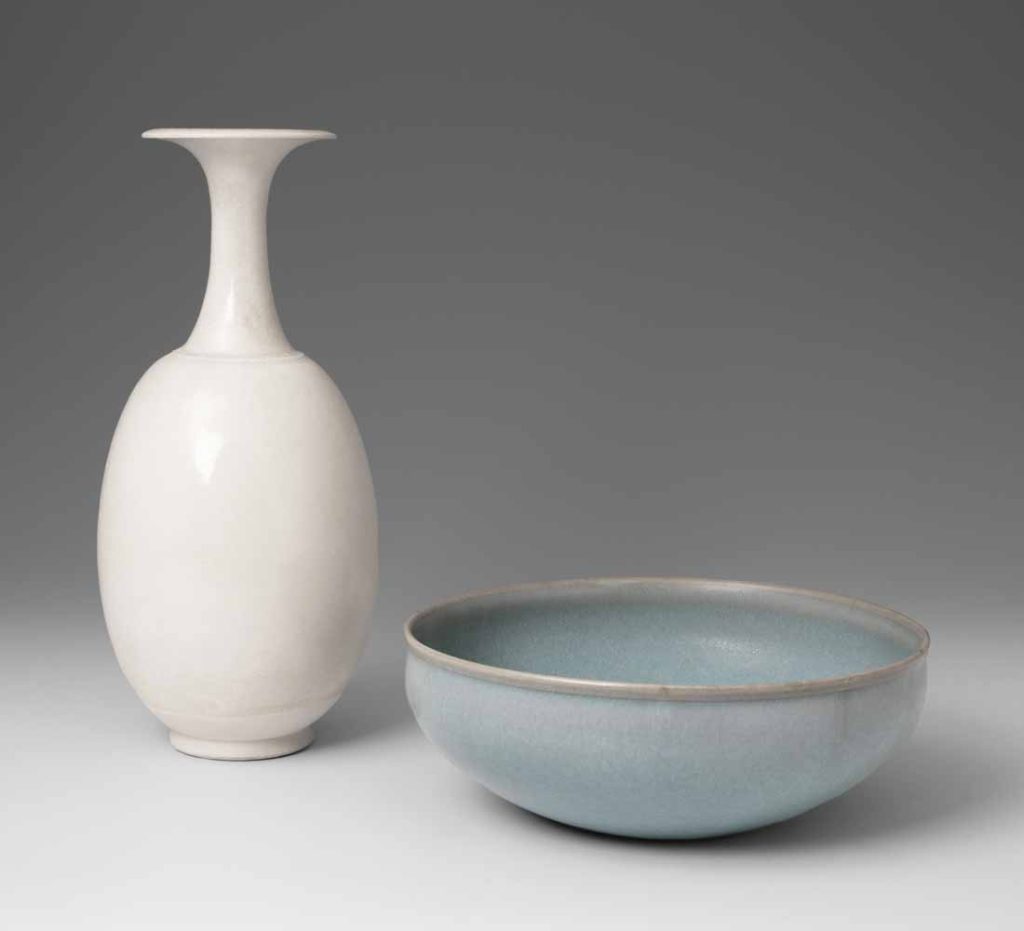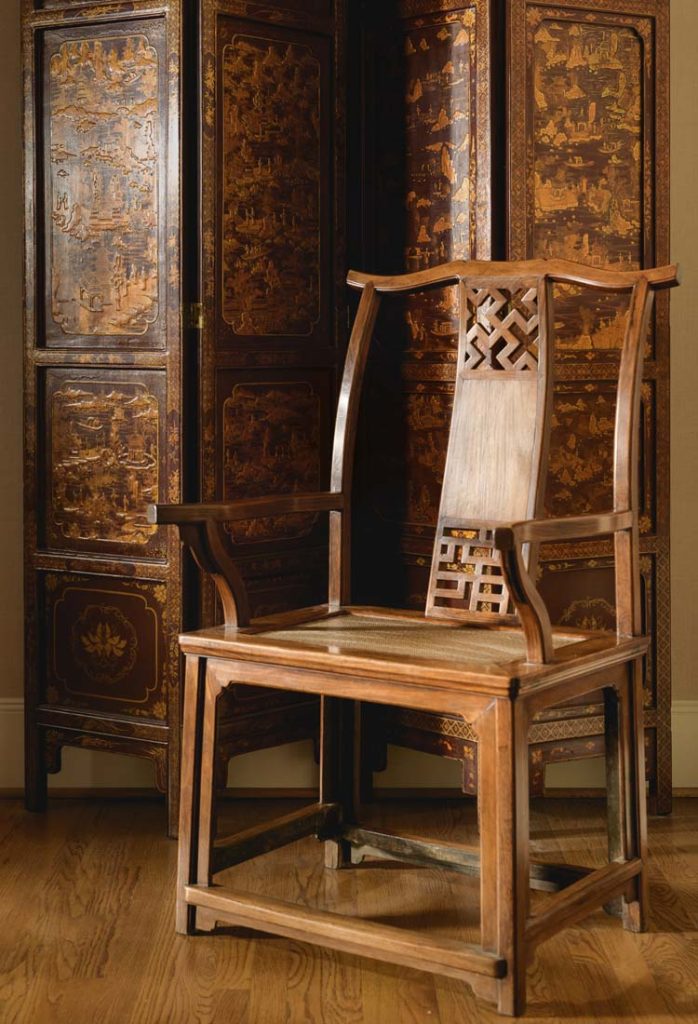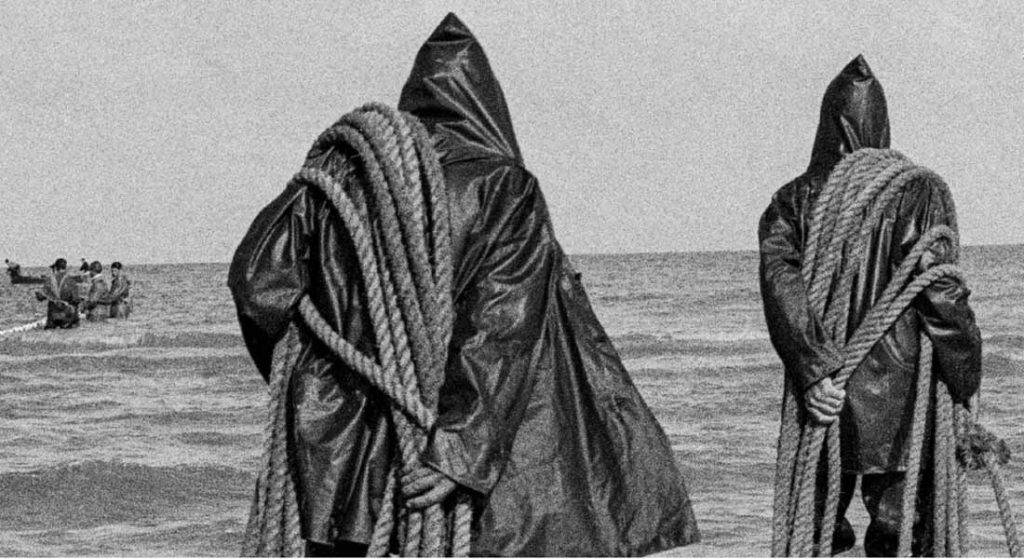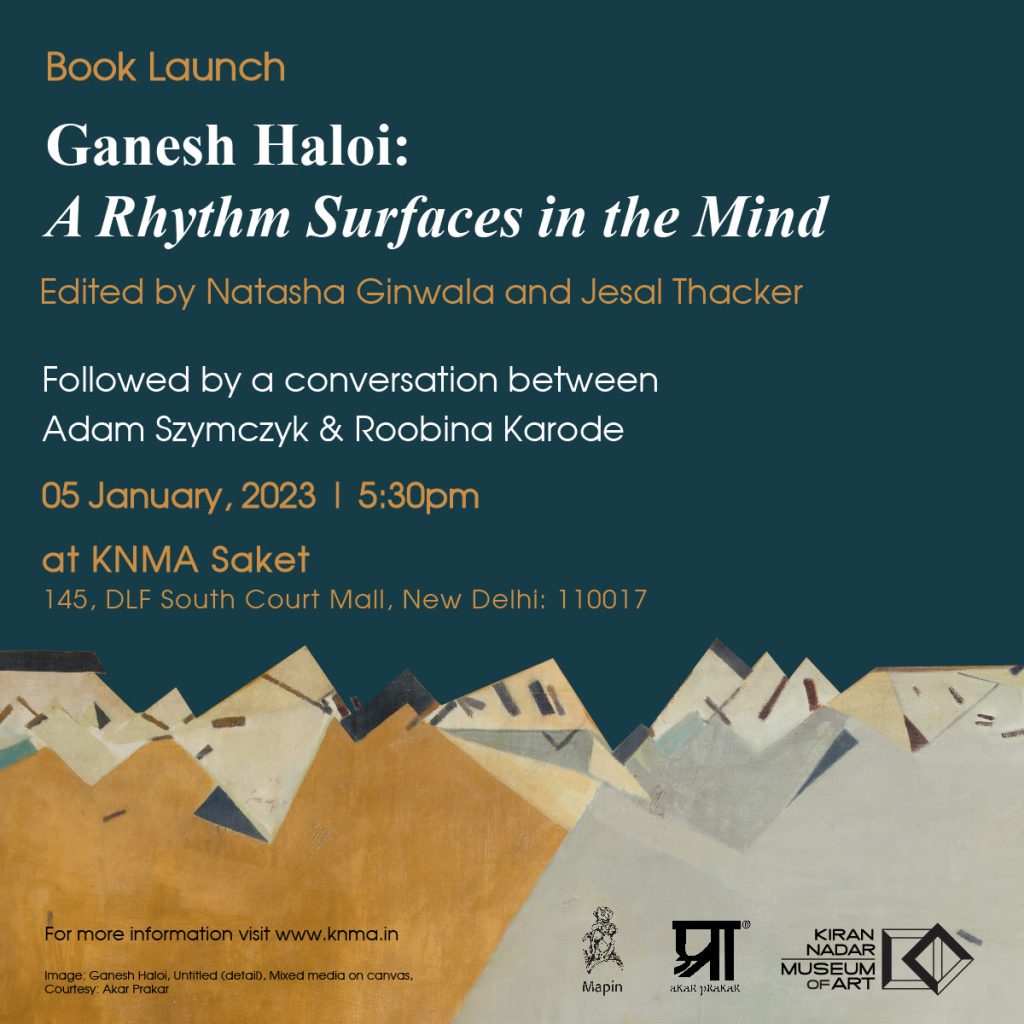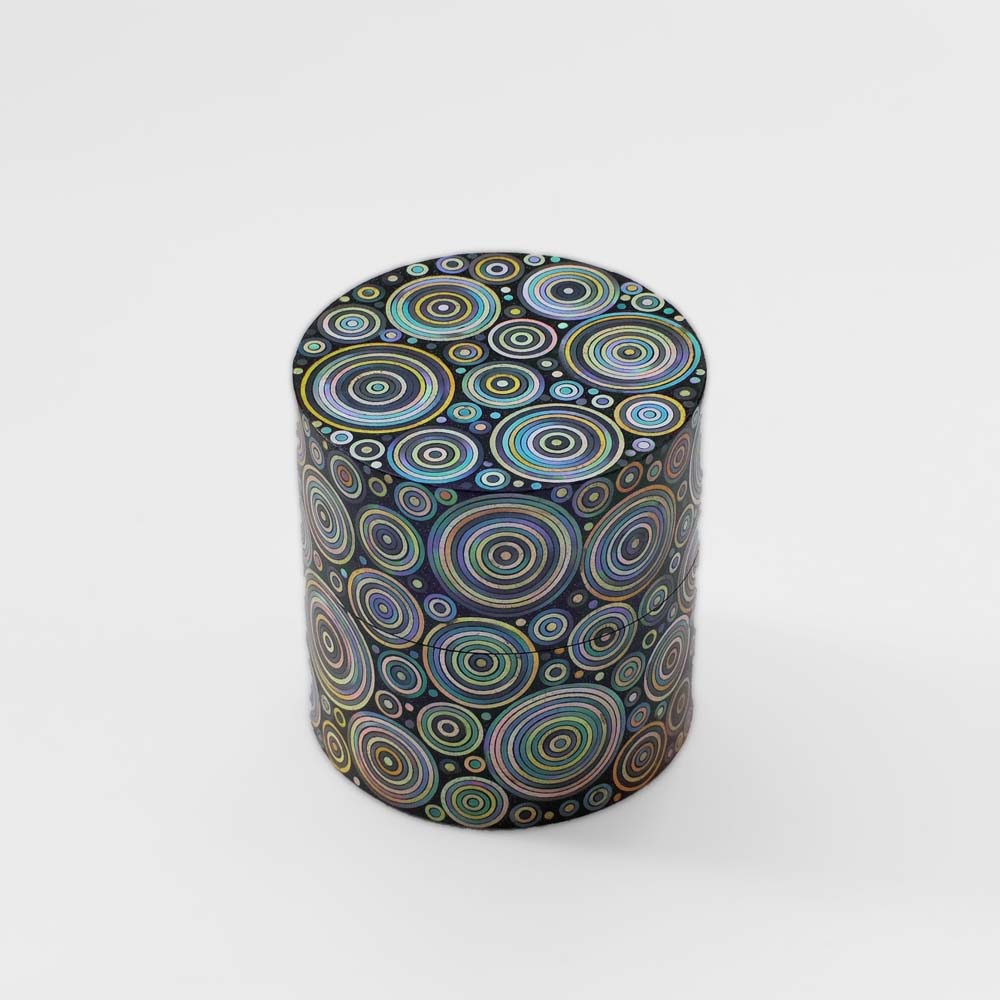
Shinya Yamamura, Luminous Shell Nakatsugi Tea Caddy, 2022, lacquer (luminous shell, abalone shell, old leaf, WG leaf, gold powder)
Extreme Surfaces: Cutting Edge Kogei, Ippodo Gallery
January 12-February 16, 202
Opening Reception: January 12, 5-8pm
Ippodo Gallery is a pioneering kogei-focused gallery based in Tokyo and New York. Their mission is to honor the living tradition of Japanese fine art in the contemporary world by cultivating craft- and culture-oriented experiences through the work of the finest living Japanese artists.
In response to the enthusiasm generated by Design Miami 2022, Extreme Surfaces: Cutting Edge Kogei will continue in New York from January 12 to February 16, 2023 and features a substantial collection of works by 22 artists that emphasize the beauty of material and surface.
Ippodo Gallery recorded an insightful conversation with artist Kodai Ujiie. You can watch the recording, click here

